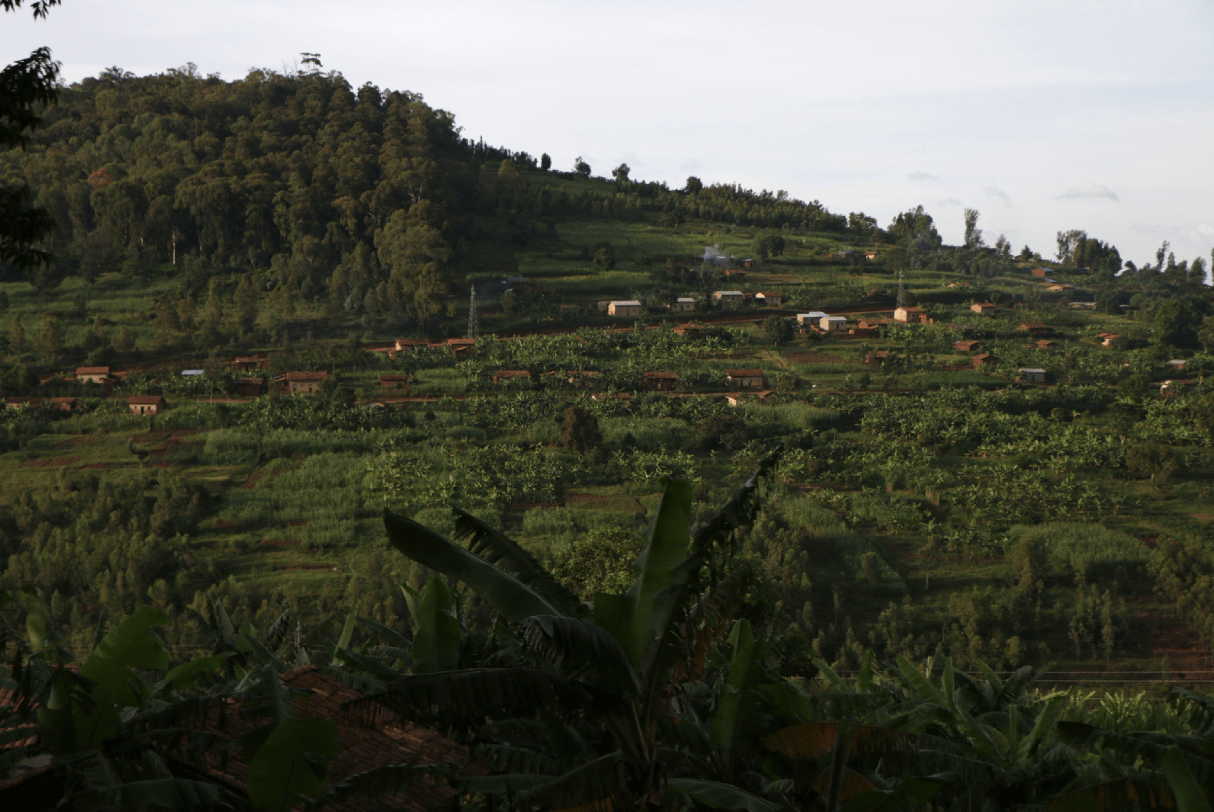Terrorism: Countering the Boko Haram extremist narratives in Nigeria
By Adeniyi Funsho, MA Media and Strategic Communications ’22 The latest bombing attack of the Abuja-Kaduna bound train by Boko Haram speaks to the continuous reign of terrorism, and extremist narratives against Nigeria. The latest attack is coming off the back of countless others that spread from the northeast to…









